The History of Bowery Bay Beach, the ‘Coney Island of Queens’
So what happened?
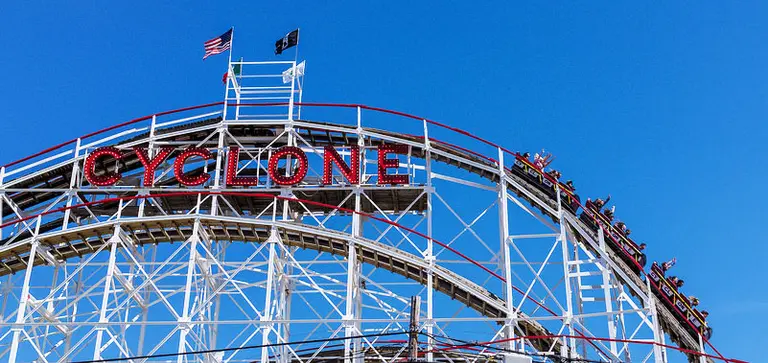
Image via creative commons by Mark Hout
If visiting Coney Island has long been on your list of NYC to-dos, this weekend might be the best weekend to head down to the famed beach and boardwalk. On top of what will be gorgeous weather, per the Coney Island Blog, the amusement park’s iconic wooden roller coaster will be offering FREE rides to 89 thrill-seekers. The roller […]
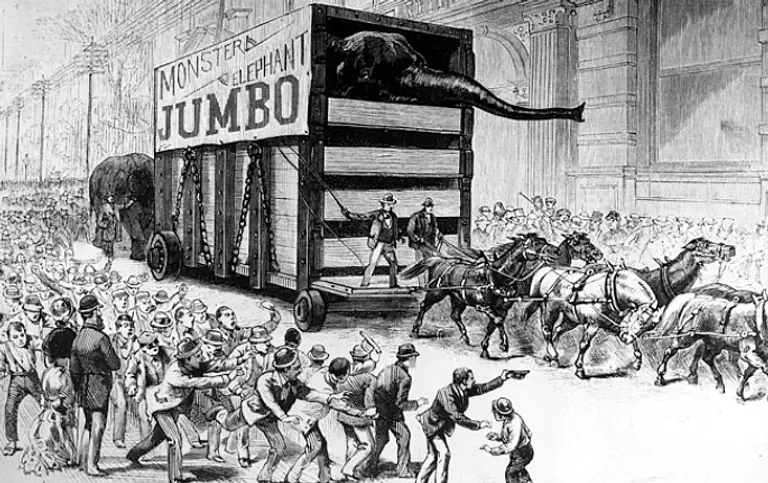
Photo via Wiki Commons
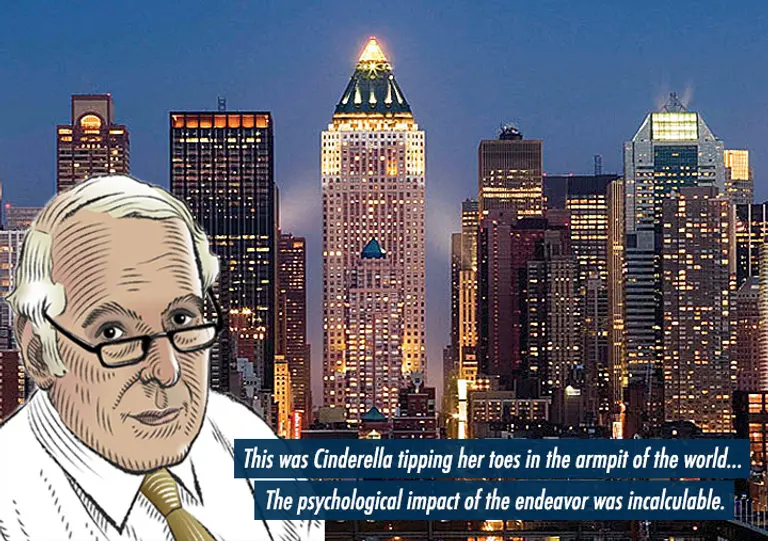
Image of WWP via Macklowe Properties
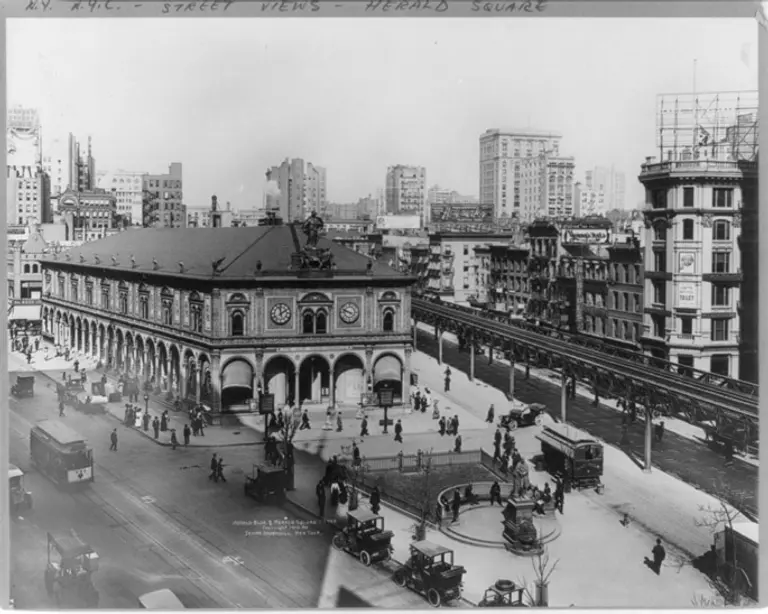
Image via Library of Congress
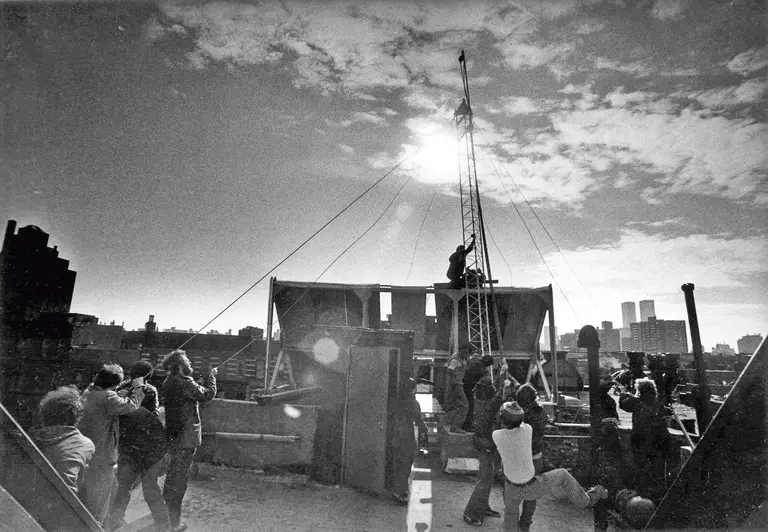
Raising the windmill on the roof of 519. Photo credit: Travis Price via Gothamist
The NYC Easter Parade in 1904, via Wikimedia Commons